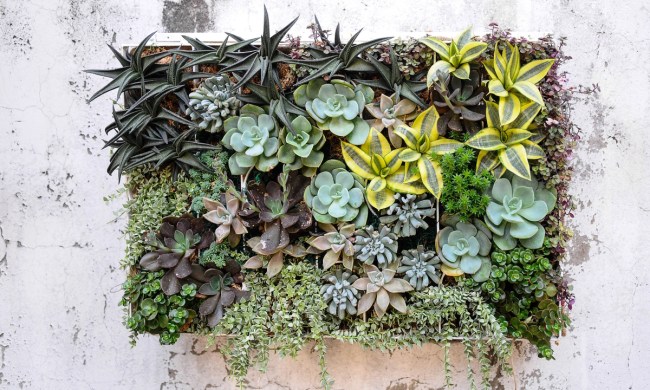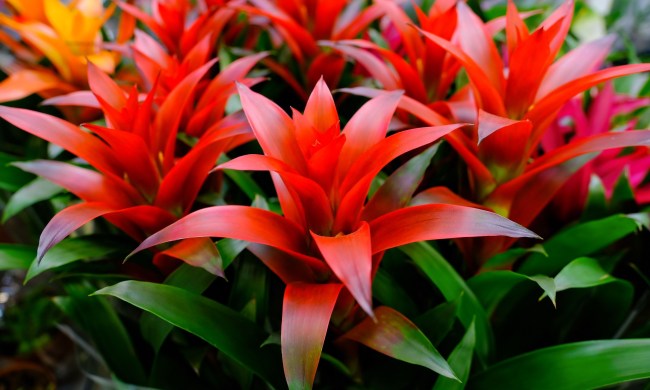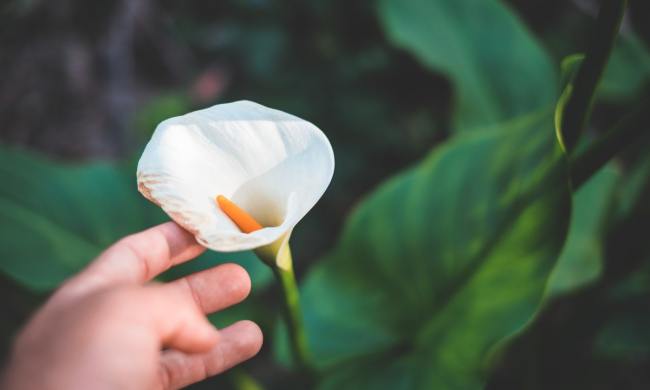Jade plants are popular succulents, and why wouldn’t they be? These small, cute succulents are relatively easy to care for, have long life spans, and make for charming accents to any room or succulent garden. They also bloom! Their small, star-shaped flowers can be white, pink, and even orange. However, an indoor jade plant is less likely to bloom. If you want to see your jade plant flower, here are some tips for you.
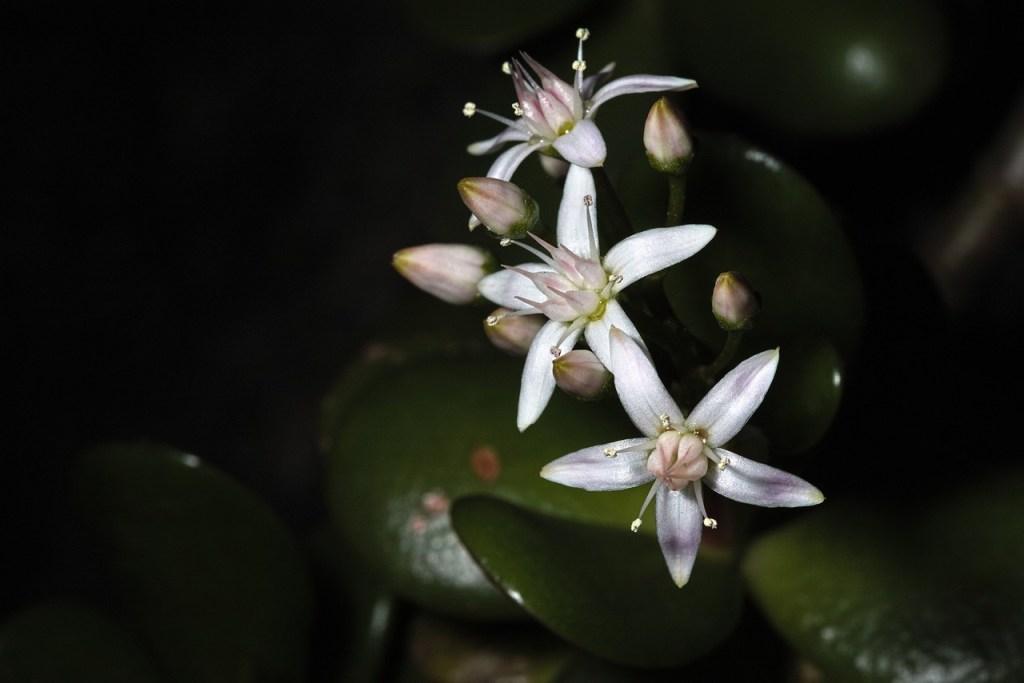
When to expect jade plants to bloom
One reason you may not see any flowers on your jade plant is because it's still too young. These unique succulent plants only bloom after two to four years of growth. This is true for both indoor and outdoor plants, so don’t panic if you haven’t seen flowers yet! Your plant may just need a little more time to grow.
Outdoors, jade plant flowers will begin appearing in late winter or early spring. This is also true of indoor plants, but since you’re in control of the environment indoors, you can sometimes get flowers in summer or fall. Additionally, jade plants can bloom annually if they are thriving. However, it’s very rare to see an indoor jade plant bloom every year.
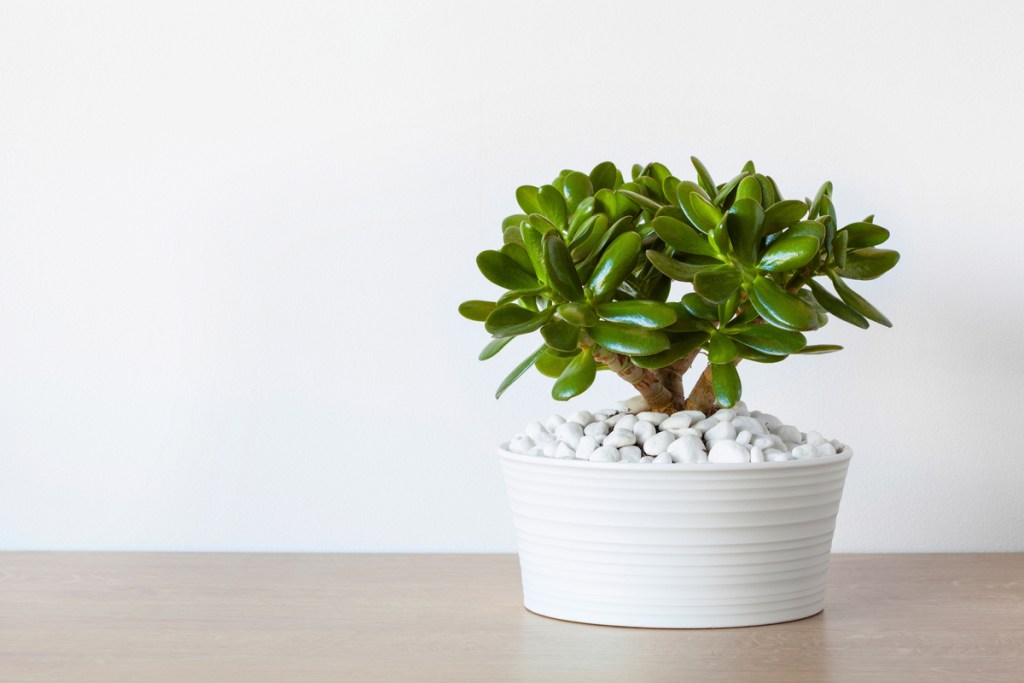
What conditions do jade plants need to bloom?
Granted that you have a mature plant that's at least two years old, inducing jade blooms may be easier than you think. Jade plants are native to South Africa, and it's helpful to consider its natural environment as you try to make it bloom.
In order to flower, these low-maintenance succulents could use a dormancy period, which is to say, they may flower from conditions such as slight drought, cold nights, and full-sun days. While you might not be able to perfectly mimic their native environments, you'll have a lot of control over your jade plants as you grow them indoors.
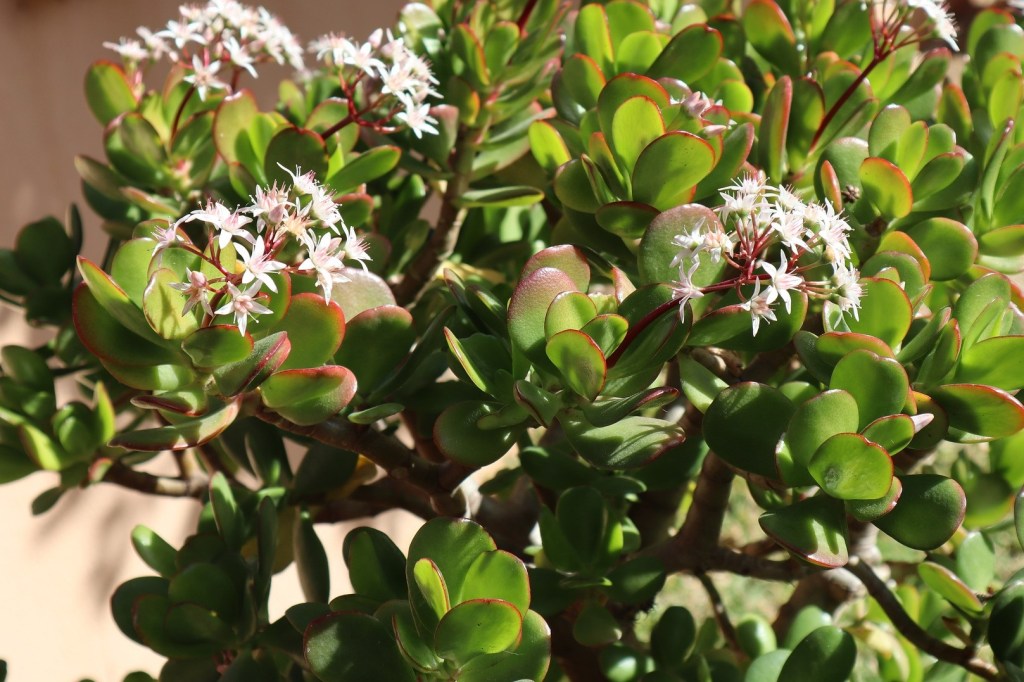
Encouraging jade plants to bloom
Jade plant care is important if you want your jade plant to bloom. Here’s what to do:
Step 1: Keep the humidity low.
Step 2: Stop fertilizing your jade plant during autumn.
Jade plants need to rest before they bloom, and fertilizer encourages them to keep growing. If you use a slow-release fertilizer, you may need to stop fertilizing earlier.
Step 3: Keep your jade plant warm during the day, but roughly 10 degrees Fahrenheit cooler at night.
Jade plants shouldn’t be exposed to freezing weather, but they do need a slight drop in temperature. It can be difficult for indoor plants to read seasonal changes, so you need to adjust the environment for them. Jade plants flower at the end of winter, so naturally, they need to know that winter has arrived.
Step 4: Make sure the soil is drying out completely between waterings.
Like most succulents, jade plants are prone to overwatering due to their efficiency at storing water. Overwatering can impact your plant’s health, and jade plants won’t flower if they aren’t thriving. Your jade plant will also need less water during fall, so it’s especially important to pay attention to the soil.
Step 5: Give your jade plant 4 to 6 hours of bright sunlight daily.
The days will naturally become shorter as the weather cools, but they still need plenty of light. If you’re trying to see jade plant flowers in a more tropical region, where the days don’t become noticeably shorter, you may need to simulate this by moving your jade plant to a darker location after it gets 6 hours of sun.
Plant lovers grow these beautiful succulents for their lush foliage, and that’s enough for most gardeners! However, if your heart is set on getting your jade plant to flower, then hopefully these tips can help. The important thing is to remember the seasonal changes you’ll need to mimic indoors. This can be tricky to get right at first, especially since jade plants are quite particular about when they flower. If it doesn't work at first, keep at it!


